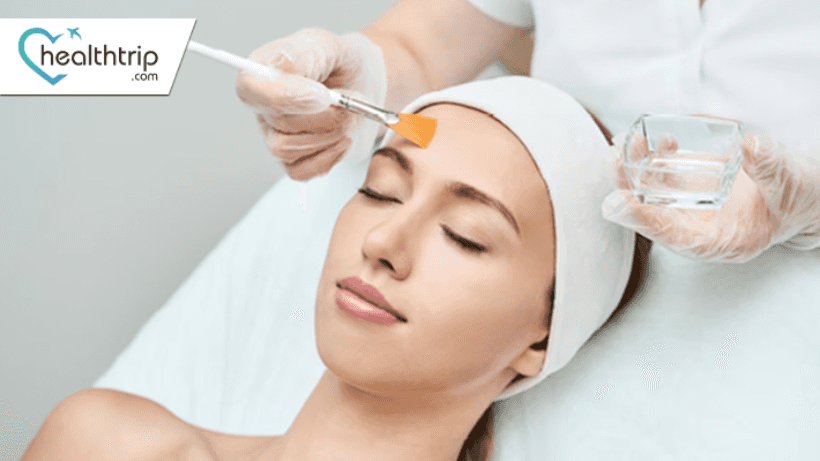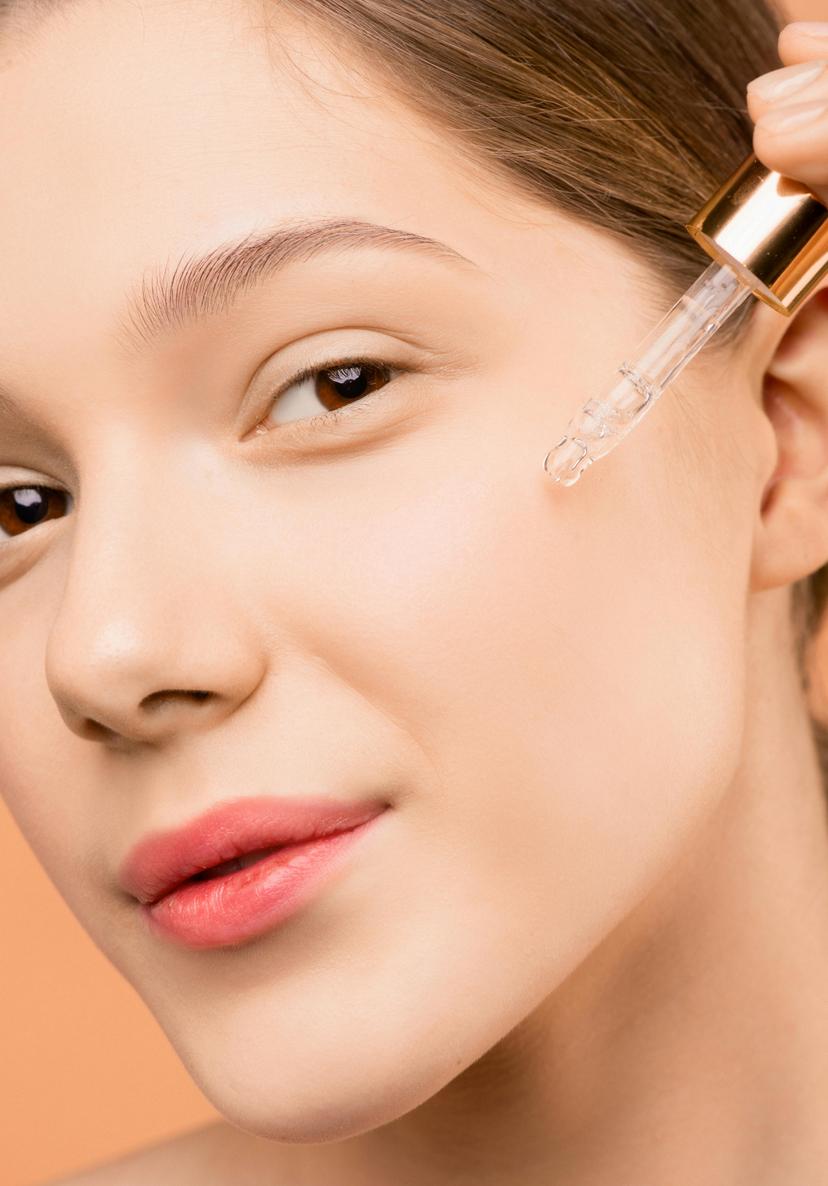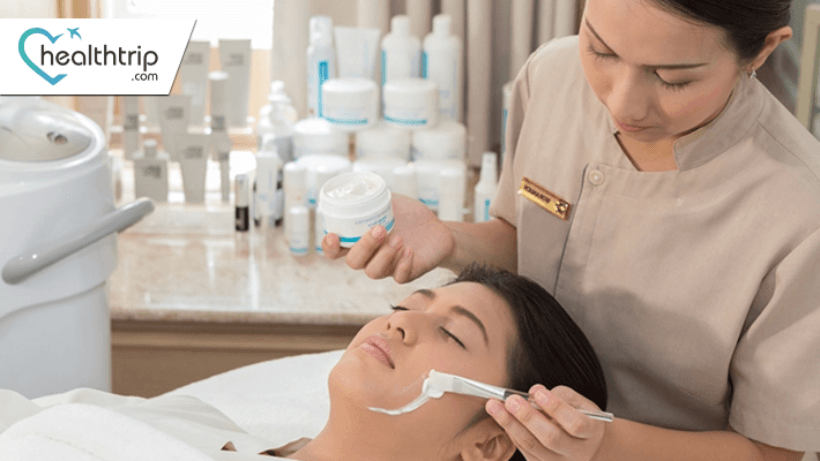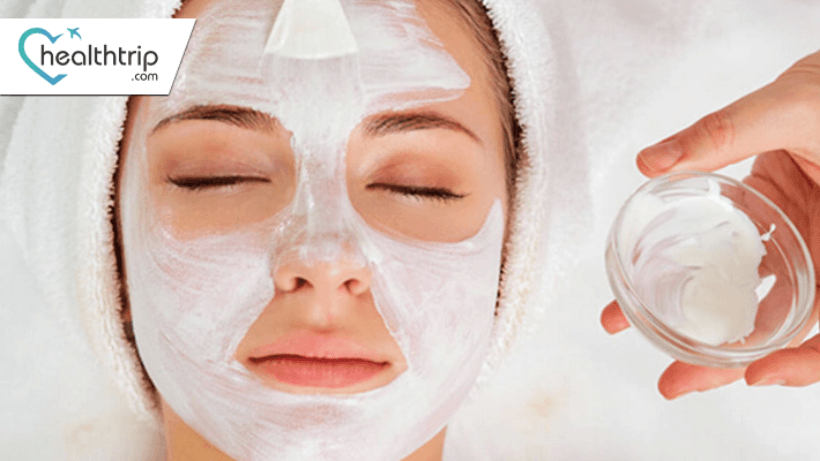
Exploring the Latest Innovations in Chemical Peel Procedures
16 Nov, 2023
 Healthtrip Team
Healthtrip TeamChemical peels have been a popular skincare treatment for decades, known for their ability to rejuvenate and refresh the skin by removing dead cells and stimulating collagen production. Over the years, advances in technology and dermatology have led to exciting innovations in chemical peel procedures. In this blog, we will explore some of the latest developments in chemical peel treatments, offering improved results with reduced downtime and minimal side effects.
Most popular procedures in India
1. Combination Peels:
In the ever-evolving world of skincare, the concept of combination peels has emerged as a game-changer in the field of chemical peel procedures. Traditionally, chemical peels were primarily associated with the use of a single type of acid, such as glycolic acid or salicylic acid, to target specific skin concerns. However, with the advent of combination peels, dermatologists can now harness the power of multiple acids to address a wide range of skin issues in a single treatment session.
The principle behind combination peels is simple but highly effective. By using a combination of different acids, each with its unique properties and benefits, dermatologists can create a synergistic effect that delivers comprehensive results. For example, a combination of glycolic acid and salicylic acid can effectively treat both acne and signs of aging, providing patients with a well-rounded solution to their skincare concerns.
Wellness Treatments
Give yourself the time to relax
Lowest Prices Guaranteed!

Lowest Prices Guaranteed!
Here are some key advantages of combination peels:
- Targeting Multiple Skin Concerns: Combination peels allow dermatologists to address a variety of skin issues simultaneously. Whether you're dealing with acne, fine lines, pigmentation problems, or uneven skin texture, a well-designed combination peel can target all of these concerns in one go.
- Enhanced Efficacy: Different acids work on different layers of the skin and have varying effects. By combining them strategically, dermatologists can achieve enhanced efficacy, delivering more profound and longer-lasting results.
- Customized Solutions: Dermatologists can customize combination peels to suit individual skin types and concerns. They have the flexibility to adjust the concentration and ratio of each acid to ensure that the treatment is tailored to the patient's specific needs.
- Reduced Downtime: Despite the combination of acids, many modern combination peels are designed to minimize downtime. This means that patients can enjoy the benefits of a multi-faceted treatment without a prolonged recovery period.
Continue Reading : The Role of Nutrition in Enhancing Chemical Peel Results (healthtrip.com)
2. Customized Peels:
In addition to the innovation of combination peels, another significant advancement in chemical peel procedures is the ability to customize treatments to suit each individual's unique skin type and concerns. Customized peels are a testament to the personalized approach that modern dermatology is taking, recognizing that one size does not fit all when it comes to skincare.
Customized chemical peels involve tailoring the peel solution's various aspects, including:
- Concentration: Dermatologists can adjust the concentration of the peel solution to meet the patient's specific needs. Higher concentrations are used for more severe skin issues, while lower concentrations are suitable for milder concerns.
- pH Level: The pH level of the peel solution plays a crucial role in its effectiveness and safety. Customization allows dermatologists to choose the pH level that will optimize results for each individual.
- Application Technique: Depending on the desired outcome and skin type, dermatologists can vary the application technique, ensuring that the peel is evenly distributed and that the treatment is as comfortable as possible.
- Targeted Ingredients: Customized peels may incorporate specific ingredients, such as antioxidants or skin-nourishing agents, to enhance the overall benefits of the treatment.
The benefits of customized peels are numerous:
- Precise Targeting: Customization ensures that the peel addresses the patient's specific concerns, whether it's reducing pigmentation, minimizing fine lines, or improving overall skin texture.
- Minimized Risk: By tailoring the treatment, dermatologists can reduce the risk of adverse reactions, making chemical peels a safer option for a broader range of skin types and tones.
- Optimized Results: Customized peels maximize the potential for achieving desired results, as they are fine-tuned to each patient's skin profile and goals.
In conclusion, combination peels and customized peels represent two of the latest and most exciting innovations in chemical peel procedures. These advancements have ushered in a new era of skincare, offering patients the opportunity to address multiple skin concerns and receive personalized treatments that deliver exceptional results. Before undergoing any chemical peel procedure, it is crucial to consult with a qualified dermatologist who can assess your unique skin needs and recommend the most suitable approach for you.
3. Controlled Depth Peels:
Traditional chemical peels have been a valuable tool in skincare for years, but one limitation they often faced was the lack of precise control over the depth of penetration into the skin. Recent innovations in dermatology have addressed this issue with the development of controlled depth peels, offering a more targeted and efficient approach to skin rejuvenation.
Controlled depth peels are designed to provide dermatologists with the ability to precisely control how deeply the peel solution penetrates the skin. This level of control is particularly advantageous when treating more severe skin concerns, such as deep wrinkles and scars. Here's how controlled depth peels work and why they have become a game-changer in the world of chemical peel procedures:
- Precision Targeting: Controlled depth peels use advanced delivery techniques that allow dermatologists to apply the peel solution with precision. This means they can focus on specific areas of concern, ensuring that the treatment reaches the desired depth without affecting surrounding healthy skin.
- Customization: Just as with other chemical peel innovations, controlled depth peels can be customized to suit each patient's unique needs. Dermatologists can adjust the depth of penetration and the peel solution's composition to address individual skin concerns effectively.
- Reduced Discomfort: By controlling the depth of penetration, controlled depth peels minimize discomfort during the procedure. Patients experience less stinging and burning, making the treatment more tolerable.
- Faster Healing: Since controlled depth peels are highly targeted, they typically result in faster healing times compared to traditional chemical peels. Patients can return to their daily routines more quickly, with less redness and peeling.
- Improved Safety: The precise control offered by these peels reduces the risk of adverse effects, such as excessive redness or scarring. Dermatologists can ensure that the treatment is both effective and safe.
4. Minimal Downtime Peels:
In today's fast-paced world, people are constantly on the go and often seek skincare treatments that offer minimal downtime. The demand for treatments that provide noticeable results without extended recovery periods has led to the development of innovative chemical peel formulations designed to reduce downtime.
These minimal downtime peels are aptly named for their ability to deliver impressive results while allowing patients to return to their daily activities with minimal interruption. Some popular options in this category include the "lunchtime peel" and the "weekend peel." Here's what makes minimal downtime peels so appealing:
- Quick Recovery: Minimal downtime peels typically require only a short recovery period. In some cases, patients may experience mild redness or flaking for a day or two, but this is generally manageable and doesn't disrupt their routine.
- Convenience: With minimal downtime peels, patients can schedule their treatments during a lunch break or on a Friday, knowing they'll be back to work or their regular activities in no time.
- Versatility: These peels can be customized to address a variety of concerns, such as fine lines, mild pigmentation issues, and overall skin texture. While they may not be as aggressive as deep chemical peels, they offer excellent results for those seeking a more subtle improvement.
- Gradual Transformation: Some minimal downtime peels work by promoting gradual collagen production, which means that results continue to improve over several weeks. This can provide a natural and long-lasting rejuvenation effect.
In conclusion, the innovations of controlled depth peels and minimal downtime peels have expanded the possibilities of chemical peel procedures, making them more precise, convenient, and accessible than ever before. These advancements offer patients a range of options to address their specific skincare concerns while minimizing discomfort and downtime. As always, it's essential to consult with a qualified dermatologist to determine the most suitable chemical peel approach for your unique needs and goals.
Learn More :
5. Improved Safety Profiles:
One of the paramount concerns when undergoing any skincare procedure, including chemical peels, is safety. While chemical peels have a long history of efficacy, they have sometimes been associated with adverse reactions, such as excessive redness, peeling, or irritation, especially for individuals with more sensitive skin types. However, advancements in chemical peel technology have led to improved safety profiles, making these treatments more accessible and suitable for a broader range of individuals.
Here are some key ways in which modern chemical peel formulations have enhanced safety:
- Gentler Formulations: Newer peel formulations are designed with a focus on minimizing irritation and discomfort. They often contain ingredients that soothe the skin and reduce the risk of adverse reactions.
- Customization: As mentioned earlier, customization is a significant trend in chemical peel procedures. Dermatologists can tailor the peel solution to an individual's skin type and specific concerns, ensuring a safer and more effective treatment.
- Pre-treatment Evaluation: Dermatologists perform thorough pre-treatment evaluations to assess the patient's skin type, medical history, and any potential contraindications. This allows them to choose the most appropriate peel type and concentration for the patient, reducing the risk of complications.
- Improved Post-treatment Care: Modern chemical peel procedures often include detailed post-treatment care instructions. This helps patients properly care for their skin during the healing process, minimizing the risk of complications.
- Advances in Acid Formulation: Research and development in acid formulations have led to the creation of acids that penetrate the skin more evenly and predictably, reducing the likelihood of uneven results or over-exfoliation.
Improved safety profiles have made chemical peels a viable option for a more extensive range of skin types and tones. However, it's crucial to consult with a qualified dermatologist before undergoing any chemical peel treatment to ensure it is suitable for your specific needs and skin type.
6. Homecare Peels:
In recent years, there has been a notable rise in the availability and popularity of at-home chemical peel products. While at-home peels are not as potent as in-office treatments, they offer a convenient option for individuals looking to maintain the results of their professional treatments or address minor skincare concerns between office visits.
Here are some key aspects of homecare peels:
- Lower Acid Concentrations: Homecare peels typically contain lower concentrations of active ingredients, making them milder than in-office peels. This reduces the risk of adverse reactions but may also require more consistent use for visible results.
- User-Friendly Formulations: Homecare peels are formulated to be user-friendly, with clear instructions for safe and effective application. They are designed for easy use by individuals in their skincare routines.
- Maintenance and Enhancement: These products are often used for maintenance or enhancement of professional peel results. They can help prolong the benefits of in-office treatments and improve the overall condition of the skin.
- Convenience: At-home peels offer convenience, as they can be used at the individual's discretion without the need for office visits or appointments.
It's important to note that while homecare peels can be a valuable addition to a skincare routine, they may not provide the same dramatic results as in-office peels, especially for more significant skin concerns. Consulting with a dermatologist is advisable to determine if at-home peels are suitable for your specific skincare needs and to ensure their safe and effective use. Additionally, strict adherence to usage instructions is essential to avoid potential adverse effects.
The world of chemical peel procedures has come a long way, with numerous innovations that offer patients more options, increased safety, and improved results. Whether you're looking to address signs of aging, acne, pigmentation, or texture issues, the latest advancements in chemical peels can provide customized solutions that cater to your unique skincare needs. Before undergoing any chemical peel treatment, it's crucial to consult with a qualified dermatologist who can assess your skin and recommend the most suitable approach for you.
Most popular wellness packages
Related Blogs

Expert Care for a Healthier Tomorrow at Yashoda Hospitals Hitec City
Get comprehensive medical treatment and exceptional patient care at Yashoda

India's Most Advanced Skin Care Hospitals
Get the best skin care in India from top hospitals

Best hospitals for Chemical Peel in Thailand
Dreaming of achieving glowing, youthful skin in the heart of

Scar Revision: Everything You Need to Know
Scars are a natural part of the body's healing process,

The Truth Behind Acne Myths: Debunking Common Misconceptions
Acne, a prevalent skin condition affecting millions globally, often comes

Are Chemical Peels Safe? Let's Separate Myths from Facts
Chemical peels have been used for years to make skin










